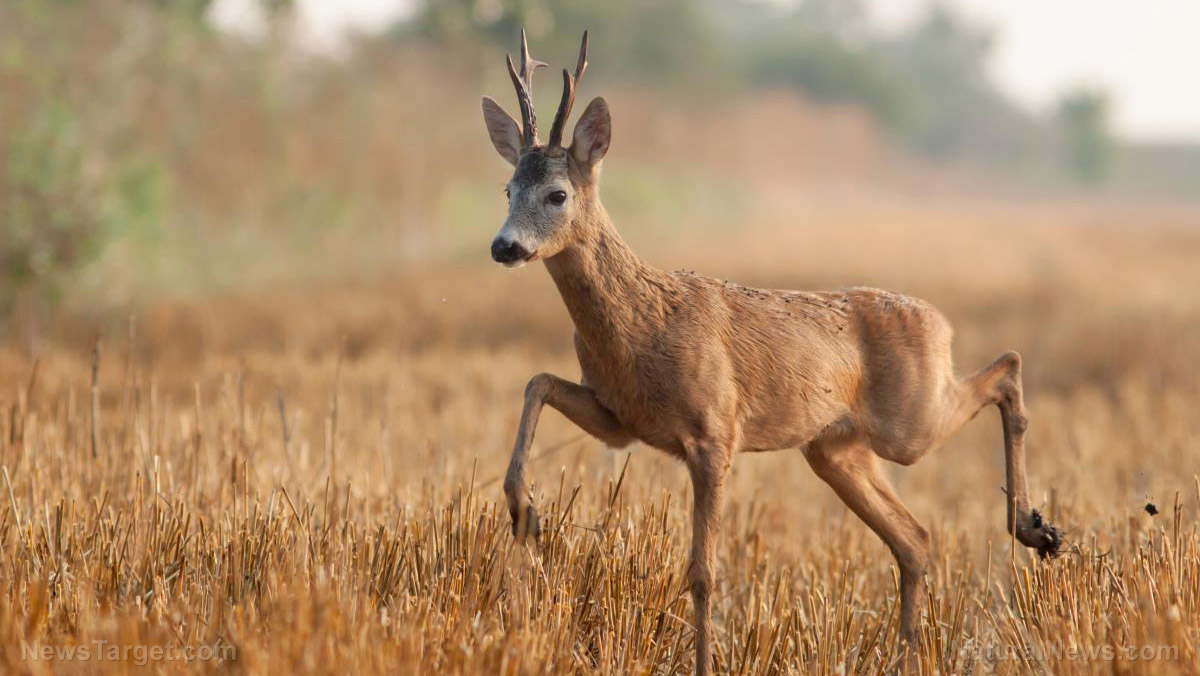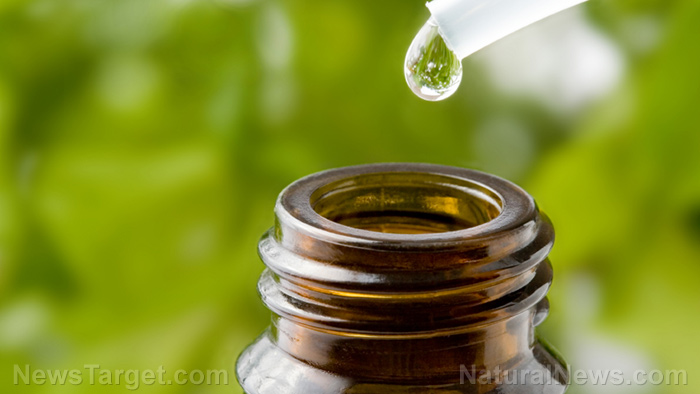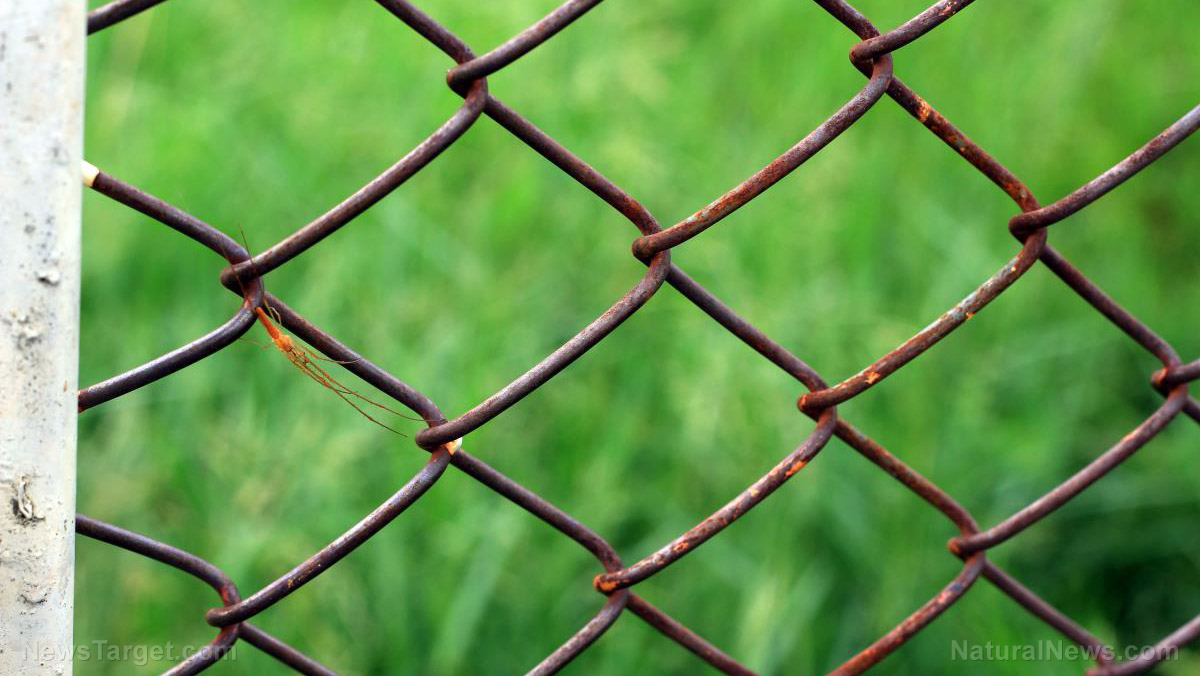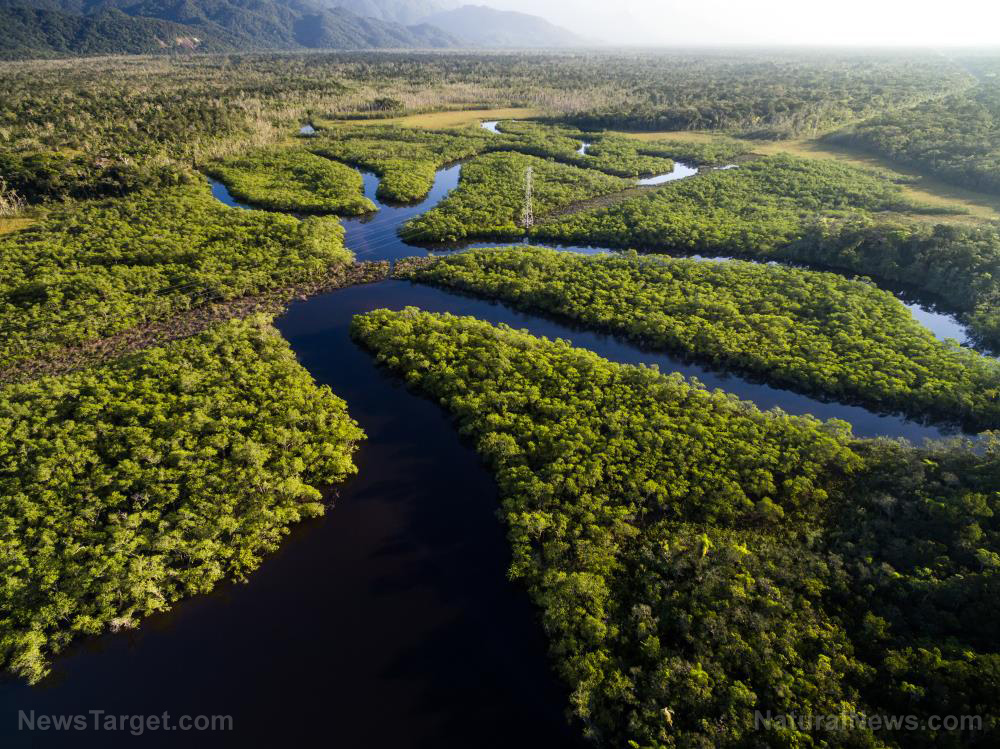Berry foraging: How to identify and harvest 8 wild berries
02/13/2020 / By Darnel Fernandez
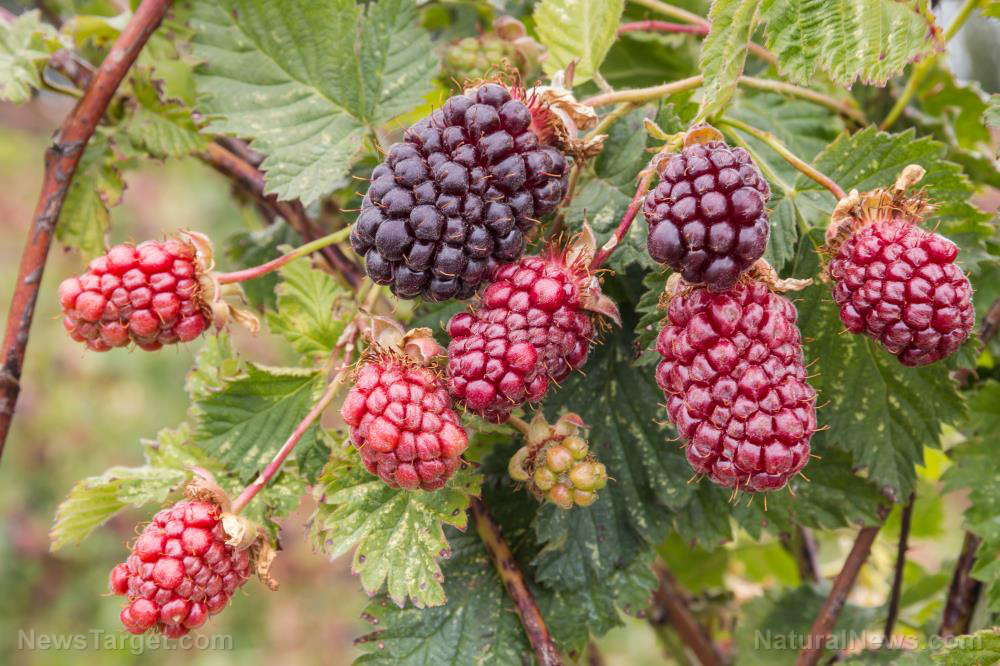
Proper preparation can go a long way in increasing your chances of survival when facing an emergency situation. However, no matter how much food you stockpile and defenses you set up, you might be forced to bug out to a much safer location, even if it means taking a detour through the wilderness. In these situations, knowing how to forage can be an essential skill that could mean the difference between life and death. When wandering about in the great outdoors, you need to know how to identify which plants can be your next meal. (h/t SurvivalSullivan.com)
Fantastic berries and how to identify them
Edible wild berries and other types of fruit can be some of the more rewarding things to find when you’re out in the wilderness. Unlike roots and certain greens, these wild foods don’t need any preparation or cooking, making wild berries a very accessible emergency food source. However, you must remember that you should not eat what you cannot correctly identify. Some berries may look appetizing, but they may also be toxic to humans. Because of this, it is vital that you have the knowledge to identify which berries are edible and which aren’t. Here is a short list of common edible berries and how to pick them out from the bunch.
Blueberries
Often found in bunches at your local supermarket, you might already be aware of what the humble blueberry looks like. But wild blueberries are significantly tastier, making them a wonderful treat when foraging in the wilderness. In the wild, blueberries can grow on bushes that reach as high as 20 feet tall. These bell-shaped bushes harbor warty-like twigs with hanging flowers. These bushes are often found in wooded clearings exposed to full sunlight, growing alongside large rocks or trees – with a particular preference toward oak trees.
Wild strawberries
Wild strawberries, unfortunately, share their looks with another berry called “false strawberries” or “mock berries.” The faux strawberries taste bland and are normally found in vegetable beds near less forested areas, so take note before picking some up and eating them. Real wild strawberries are tasty fruits found growing next to creeks and rivers. These berries can also be found along the forest edge close to the treeline. Other than the taste, another notable difference is that real wild strawberries have white flowers when they are blooming while the false variant grows the fruit straight up.
Blackberries
When you’re out looking for blackberries, thorns are the main indicator for blackberry bushes. The canes of a blackberry bush can range in color from red to even a deep shade of green. While blackberries look quite similar to black raspberries, the former’s fruits are significantly larger – even growing as big as your thumb. Blackberry bushes often grow on farms and can reach heights of up to 20 feet tall. They can also be found in secluded spots in the woods or even bordering pastures.
Huckleberries
Huckleberries boast a wonderful shade of blue and grow on shrubs or bushes that prefer low-acidity soil during late summer or early fall. One of the notable qualities that differentiate huckleberries from blueberries is the crown they possess at the end of the fruit. While small in size, huckleberry seeds are significantly larger than blueberry seeds – so it isn’t uncommon for the seeds to get stuck in your teeth every once in a while.
Asian wineberries
Despite its name, Asian wineberries can be found throughout most of North America. Often found near the edge of the woods, you can easily spot these plants due to their distinctive, fuzzy canes – free from any form of briars, which is a rarity in the berry world. The berries themselves are ruby red and shine just like jewels. They also grow inside fizzy cases, making them look like Christmas decorations.
Mulberries
Unlike other berries, mulberries grow from trees instead of bushes or shrubs. There are also three common variants of mulberries, which can be found in shades of white, red or purple to black. The mulberry tree has leaves that resemble maple leaves, but are heart-shaped with serrated edges. The fruit itself is directly joined to the stem, so you wouldn’t have any problems dealing with white receptacles of any kind sticking to the berries after you’ve picked them. However, mulberries can be quite difficult to remove from the stem so cut them off instead of plucking.
Black raspberries
Often called wild raspberries, these bush-borne fruits are a delicious treat to find when out in the wild. The brambles where you can find the berries can grow to be taller than your head or short enough to reach near ground level. You can easily identify black raspberries by looking for a white cone-shaped receptacle left on the vine once harvest time arrives. The berries are vibrant red while they are growing, but eventually shift to a deep purple to black when they are ready to eat. However, be warned when eating them before they’re ripe: The taste can be quite tart and could lead to stomachaches.
Juneberries
Juneberries are also known as serviceberries or saskatoons. Similar to the mulberry, these crowned, purple berries grow from a tree rather than a bush. The flavor of juneberries is a mix of tartness and sweet-savory. While homesteaders can turn these wonderful berries into a jam, it is better to eat the berries straight up if you’re out in the wild as they’re incredibly juicy and plump.
The more you learn about wild edibles, the easier it would be to identify the differences and pick out which ones are safe to eat and which ones to avoid. Learn more about foraging in the wild at BugOut.news.
Sources include:
Tagged Under: asian wineberries, berries, blackberries, blueberries, bug out, emergency food, foraging, fruits, huckleberries, juneberries, mulberries, off grid, outdoors, preparedness, prepping, survival, survival food, survival skills, Survival Tips, wild berries, wild edibles, wild foods, wild strawberries, wilderness
RECENT NEWS & ARTICLES
COPYRIGHT © 2017 · SURVIVAL NEWS


